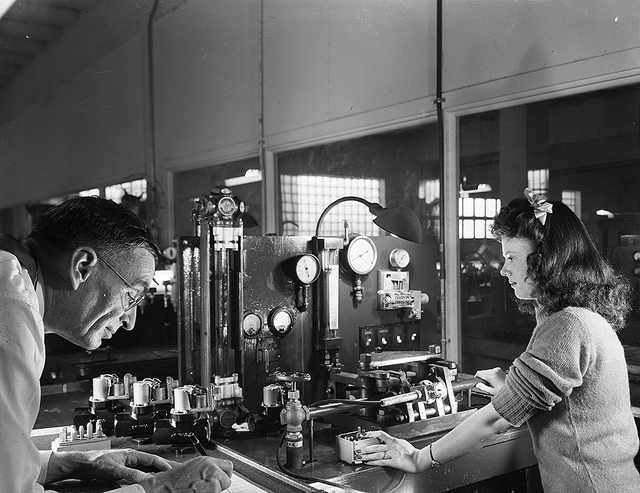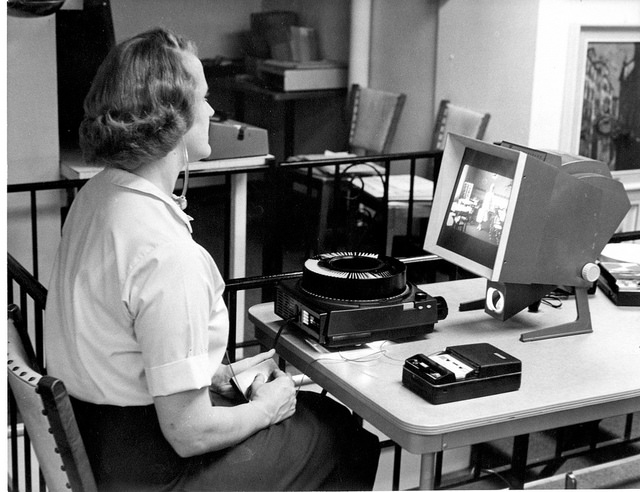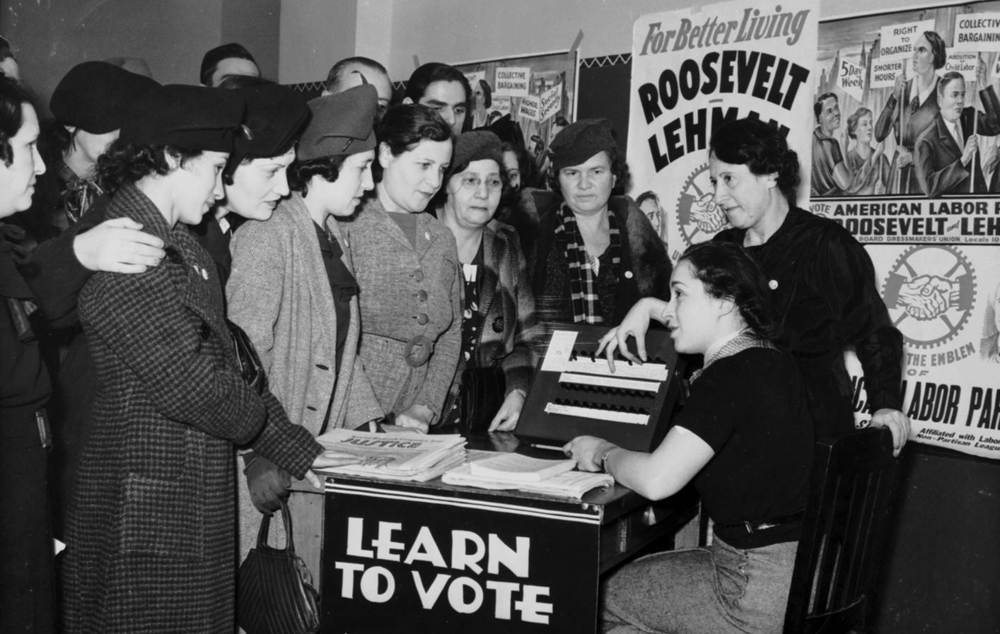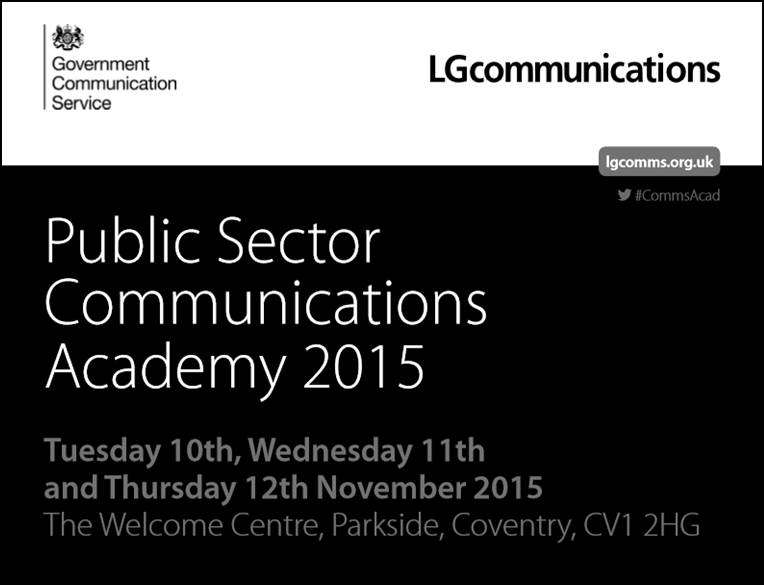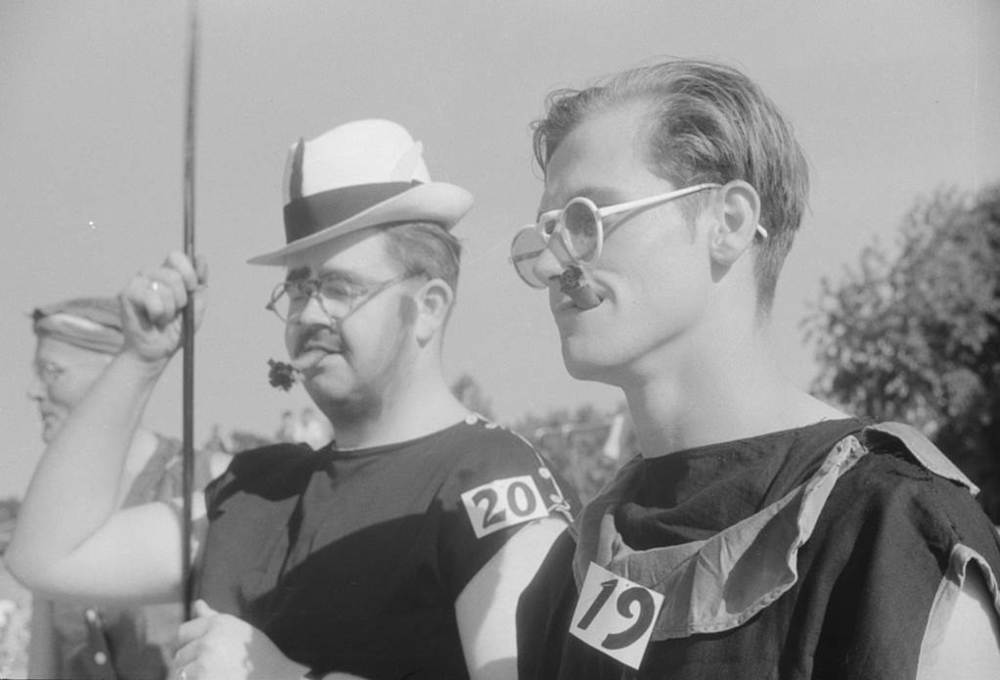 Real time marketing couldn't exist without the internet. Its brands and organisations responding to events as they happen. But for the public sector? Actually, yes.
Real time marketing couldn't exist without the internet. Its brands and organisations responding to events as they happen. But for the public sector? Actually, yes.
by Julie Waddicor
I was lucky enough to go to a PRCA conference recently, and was hugely inspired by Neil Kleiner of Golin who talked about real time marketing (RTM) and his company’s success in using it for a range of brands. He talked about the background processes that go on before they put something live on social media: the checking for brand fit, they way they ensure they aren’t bandwagon jumping, the basics of making sure that you actually know what is trending and why.
Right then, I thought, let’s see if we can do some of that. My very supportive, tolerant and brave boss has given it the go ahead. I’m talking to my team about it and starting to work out the background processes, templates and sign off processes that will make it a reality. At the same time, my hugely talented and switched-on colleague Russ Gethings has been picking up examples of RTM across platforms. He found the noble efforts of both the Department for Work and Pensions and Surrey Police on Back to the Future Day, and they are great examples of what works and what doesn’t. Russ has written a great blog about it on the Knowledge Hub, and I’ve summarised my thoughts and our discussions here.
Back to the Future day on the October 21 was huge on social, and brands across the world capitalised on it. At 8.31am the DWP’s Press Office account tweeted a picture of the delorean car with its doors open and the monster mascot sticking its head out. The tweet read ‘Pensions? Where we are going we don’t need pensions’ and the picture has the text ‘erm actually, you do’ and a web address. 67 people favourited it, and 163 retweeted. Many, many people were unimpressed. The negative comments fell in to two camps. The first was political, an example response being ‘I appreciate you’re just the marketing people, but maybe save stuff like this for when your dept. Isn’t letting people die?’. The second camp was the embarrassing dad dancing / please stop group: an example tweet being ‘Are you booked in to a school to do a rap about it too?’ Questions were asked about social media training, campaign costs and copyright infringement. It didn’t go well, and I suspect the DWP Comms team felt a bit burnt by it.
Contrast that with Surrey police, who at 7am tweeted a picture of an officer with a speed gun photographing two trails of fire going up a road. The text read ‘Roads? Where we’re going, we don’t need roads’ But 88 in a 30 gets you points and a fine in all timelines’. 3,549 favourites and 5,081 retweets, and almost uniformly positive comments including ‘That’s a fair cop. And a great tweet’ and ‘Best tweet I’ve seen all morning. Well played boys’.
So why did one work and one didn’t? Social media is incredibly fickle, and it is easy to put a foot off the tightrope. It probably comes down to slightly poor judgement around brand fit and jumping on a bandwagon. Back to the Future day was cool and cult, and the DWP aren’t. The trend just doesn’t fit with their brand position. Also, one of the warnings from Golin was not to jump on bandwagons. If your product has no link with what is trending, don’t jump on it. The DWP jumped, and got burnt as a result. Surrey Police do fit: their tone was clearly that of authority, and they have a clear link to speeding enforcement. Hence, theirs worked, and the DWPs didn’t.
It’s a judgement call, and a scary one at that. It’s certainly been a really useful lesson while we work out how to do RTM as a council. For me it’s about the background protocols, no bandwagons and brand fit. But my, it’s a tightrope to walk. We will get it wrong sometimes. Hopefully we’ll get it right sometimes too. It’ll be exciting to try.
Julie Waddicor is campaigns and internal communications manager at Staffordshire County Council.
Picture credit.
 BEAT THE ZOMBIES is back!
BEAT THE ZOMBIES is back! 
